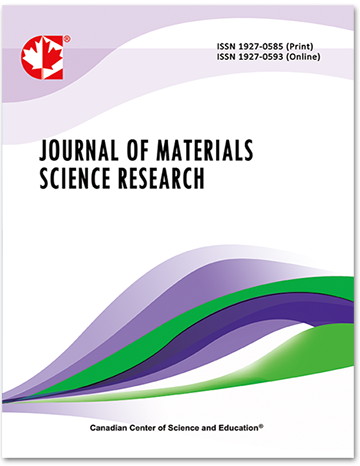Vibratory Stress Relief and Vibratory Weld Conditioning of Flux cored arc welded CA6NM steel
- Luiz Fernando Cursino Briet de Almeida
- Julio Cesar Lourenco
- Maria Ismenia Sodero Toledo Faria
- Decio Lima Vieira
- Alain Laurent Marie Robin
- Carlos Angelo Nunes
Abstract
ASTM A743 CA6NM steel is used in the manufacturing of hydraulic turbines components. Multipass welding is commonly used for their fabrication or repairing. In this work, two different vibratory welding procedures were studied: vibration applied during welding (VWC) and vibration applied after welding (VSR). Results have shown that in both conditions, CA6NM steel presented a martensitic microstructure, in which the VSR welded joint presented column-shaped packets and fine martensite delineating the individual beads, while VWC joint presented grain refinement. Heat affected zones (HAZ) presented δ-phase in small amounts for both conditions in the regions which reached higher temperatures. VSR and VWC conditions presented similar behavior in terms of hardness, HAZ hardness values being close to those of the weld metal, except for the root regions, where higher values were obtained. Charpy-V results showed that HAZs presented higher impact values than those of the weld metal. The low impact values of the weld metal were attributed to presence of inclusions from the welding electrode.
- Full Text:
 PDF
PDF
- DOI:10.5539/jmsr.v9n1p32
Journal Metrics
Impact Factor 2022 (by WJCI): 0.583
Google-based Impact Factor (2021): 0.52
h-index (December 2021): 22
i10-index (December 2021): 74
h5-index (December 2021): N/A
h5-median (December 2021): N/A
Index
- CAS (American Chemical Society)
- CNKI Scholar
- Elektronische Zeitschriftenbibliothek (EZB)
- EuroPub Database
- Excellence in Research for Australia (ERA)
- Google Scholar
- Infotrieve
- JournalTOCs
- LOCKSS
- NewJour
- PKP Open Archives Harvester
- Qualis/CAPES
- SHERPA/RoMEO
- Standard Periodical Directory
- Universe Digital Library
- WJCI Report
- WorldCat
Contact
- John MartinEditorial Assistant
- jmsr@ccsenet.org
